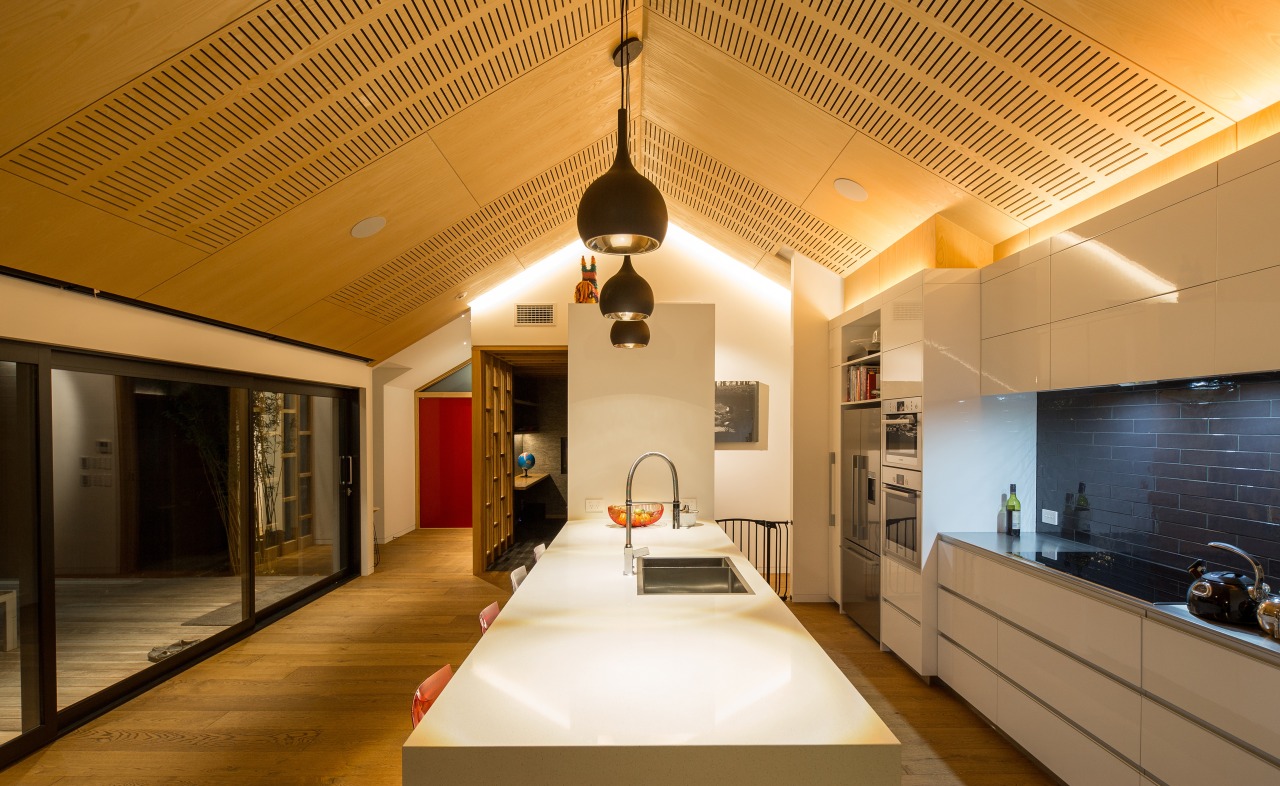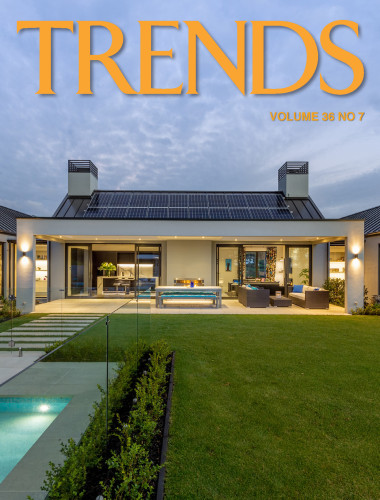A professional tells us how to improve your home lighting – and what to avoid
There's a lot to consider with home lighting – from design to avoiding glare to incorporating contrast. Not to worry, we've got advice from a lighting professional to guarantee a positive outcome for your interiors

Well-planned lighting can make a huge difference to the look and feel of your home. This makes it an effective element to switch out when renovating, so why not give it a try?
To ensure you get the best results, we've talked to Lighthouse's Lighting Consultant Brook Pielak-Jones for some ways you can upgrade your lighting design, as well as some things to avoid.
First things first – how do you get the best results from your lighting?
For a start – you need 3 core things:
1 – An effective lighting design that not only accentuates the architecture, but creates mood and feeling, and is designed for you and your individual needs.
2 – Good product that is suitable for the application is important to achieve the lighting design.
3 – Lastly, a good installer that can make it all happen.
How much does pricing affect the quality of your lighting components?
"Buying LED light fittings is similar to buying any electronic device. Generally, the more you pay the better the components." says Pielak-Jones.
"For example a $40-$50 recessed light tends to be a good starting point for a quality residential light. However, a sub $20 light may not include basic but important components such as surge protection or a decent heat sink. It may also have less light output, life, or be very glary."

Can you elaborate a bit more on the issue of glare for those who aren't familiar?
"Glare is intense light that makes you want to look away, such as the sun reflecting off a car. Sometimes people confuse this with “brightness”. In a home, glare should be limited or eliminated if possible, as it ruins the visual comfort of a space," he says.
"Many people in my consultations who currently have a house lit solely with downlights say they rarely use them because this was not thought of."
Why should you avoid only using downlights?
Downlights are designed to provide task light in a specific area, they don’t allow for multiple moods in a space. If you're trying to make a space feel really bright and evenly lit, you need lots of them.
Instead of just using many downlights, can you recommend a more effective method?
"Think about adding in other forms of lighting that give general light, such as pendants, wall lights or floor lamps. Then use downlights only where you need strong task or accent lighting," says Pielak-Jones.
But don't feel like you need to flood your home out with lights – in lighting, contrast can be key.
"Keep in mind that a home does not need to be lit like an office, some contrast with light/dark gives a home more of a relaxing feel," he says.
You've given us a lot of practical advice. Any final suggestions for those about to embark on incorporating new lighting into their home?
"Do your research, visit a few lighting companies and see who listens to what you say and comes up with a design you like. Make sure you try and get references for your contractors or check with your architect. The best outcomes need good trades that know how to do their job."
Story by: Loukas Tsitsiridakis
Home kitchen bathroom commercial design
Connected to the ocean
Simplified seclusion
At one with the Amazon
Trends 19-08
Let’s be frank, the more design inspiration you take on board the better informed your own project decisions will be – t...
Read More
